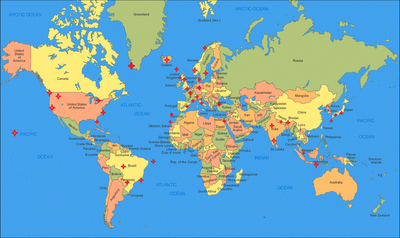marco1974
Veteran Member
So, I'm back from Tokyo (IMHO, the best city in the whole world)... and I'm just starting to go through the photos I made.
12 rolls of 120 film, at 16 shots per roll = 192 scans. This will take a while...
But as a first sample of what's to come, I'm posting here a first scan, of a contre-jour cityscape taken from atop Tokyo's Sky Tree.
Shot straight into the setting sun, this image is also a good showcase of the kind of dynamic range that colour negative film can effortlessly handle.
Yes, there is some grain in the shadows (this was shot on Cinestill 800T), but I didn't have to "push" or otherwise heavily post-process the image in any way. This is essentially a fairly "straight" / plain vanilla scan (only cropped from 645 to square).
Of course, everything is subjective, but I personally like the rendering, which, to me, comes across as more "realistic" and enjoyable than most "HDR"-style pictures that I often see on the internet.
And all in all, I'd say not bad for obsolete technology.
Pentax 645N + FA 150mm f/2.8, Cinestill 800T, hand-held
--
Marco

12 rolls of 120 film, at 16 shots per roll = 192 scans. This will take a while...
But as a first sample of what's to come, I'm posting here a first scan, of a contre-jour cityscape taken from atop Tokyo's Sky Tree.
Shot straight into the setting sun, this image is also a good showcase of the kind of dynamic range that colour negative film can effortlessly handle.
Yes, there is some grain in the shadows (this was shot on Cinestill 800T), but I didn't have to "push" or otherwise heavily post-process the image in any way. This is essentially a fairly "straight" / plain vanilla scan (only cropped from 645 to square).
Of course, everything is subjective, but I personally like the rendering, which, to me, comes across as more "realistic" and enjoyable than most "HDR"-style pictures that I often see on the internet.
And all in all, I'd say not bad for obsolete technology.
Pentax 645N + FA 150mm f/2.8, Cinestill 800T, hand-held
--
Marco
Galleries by Marco Raugei
pbase.com







